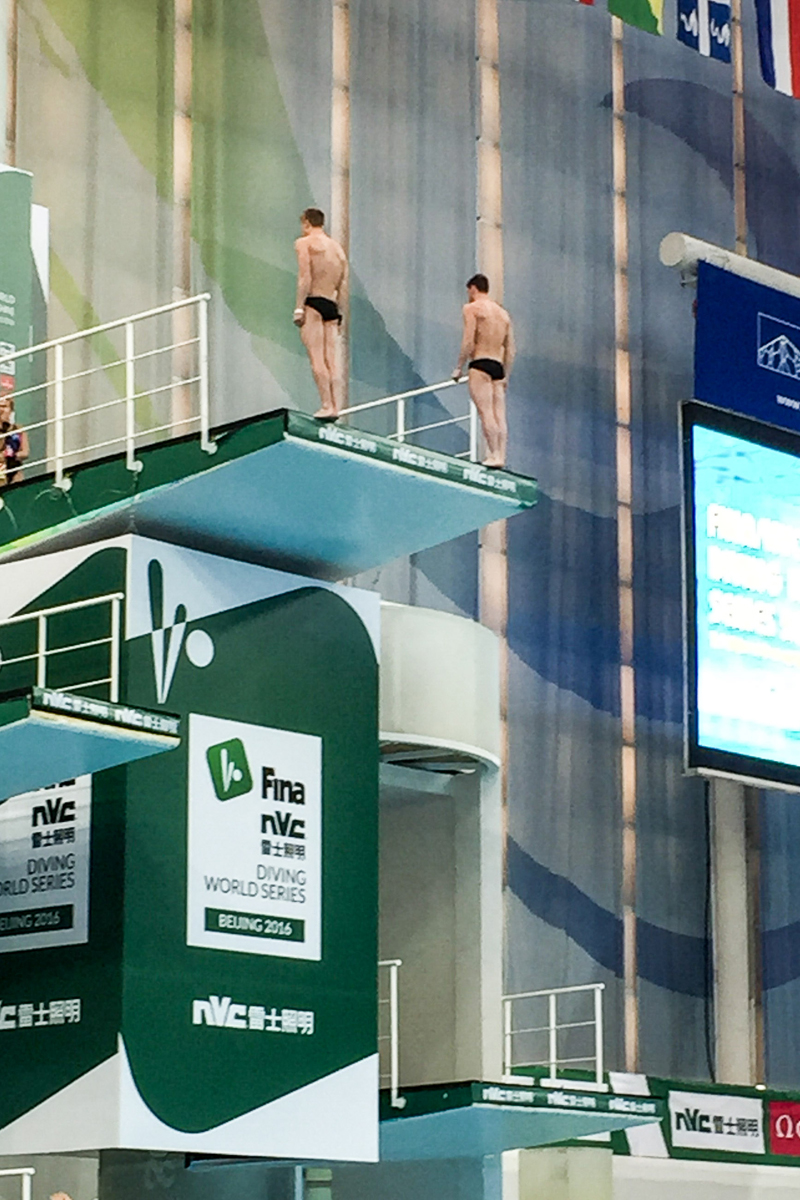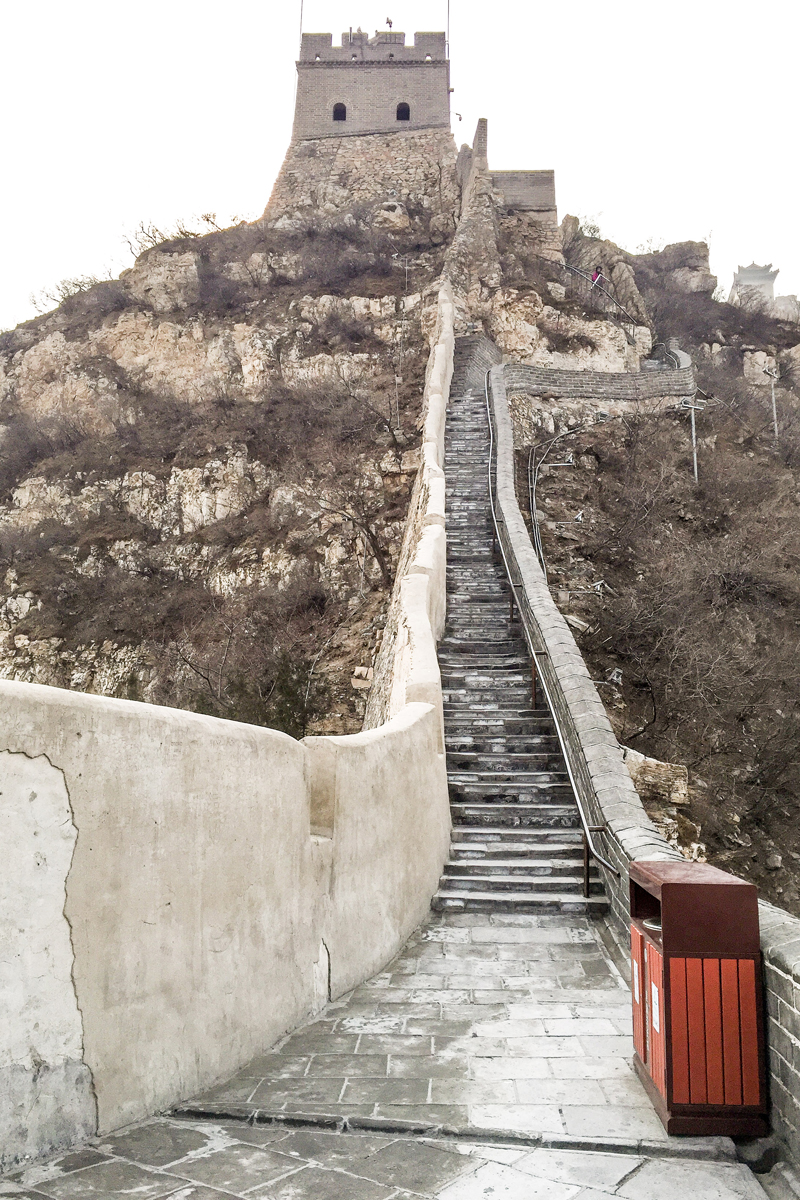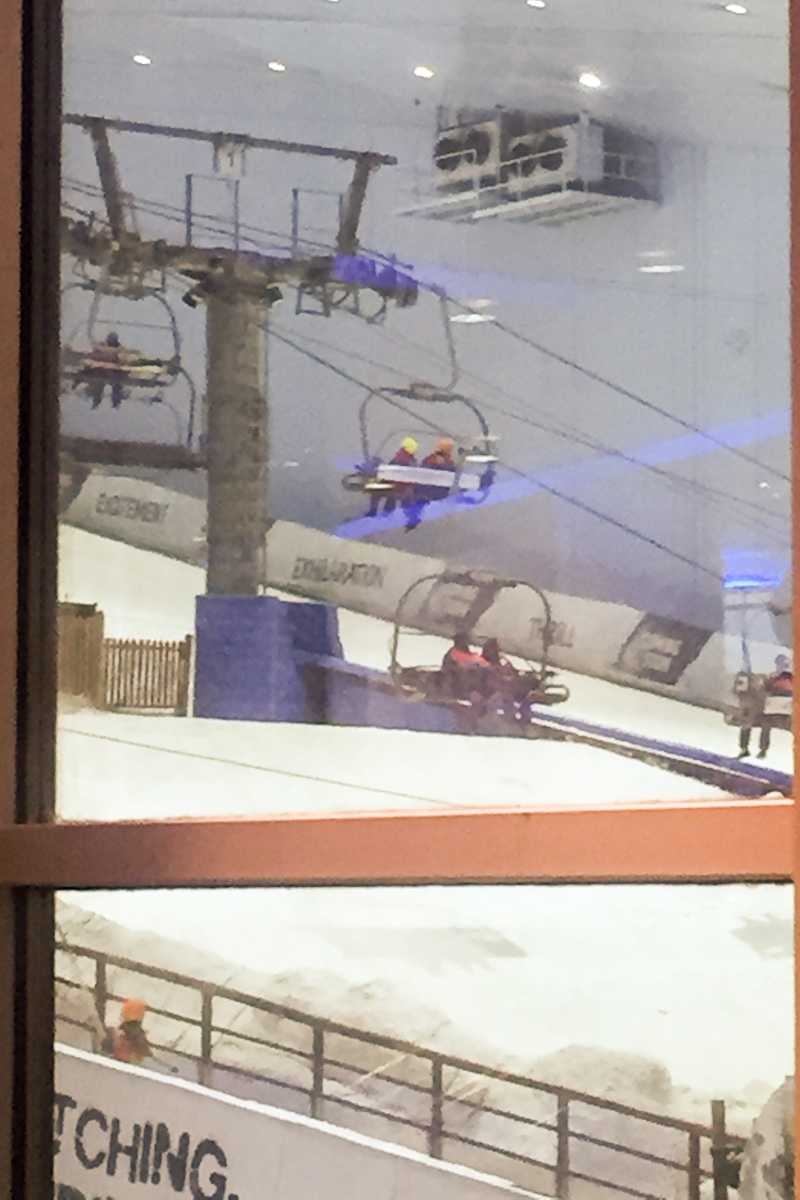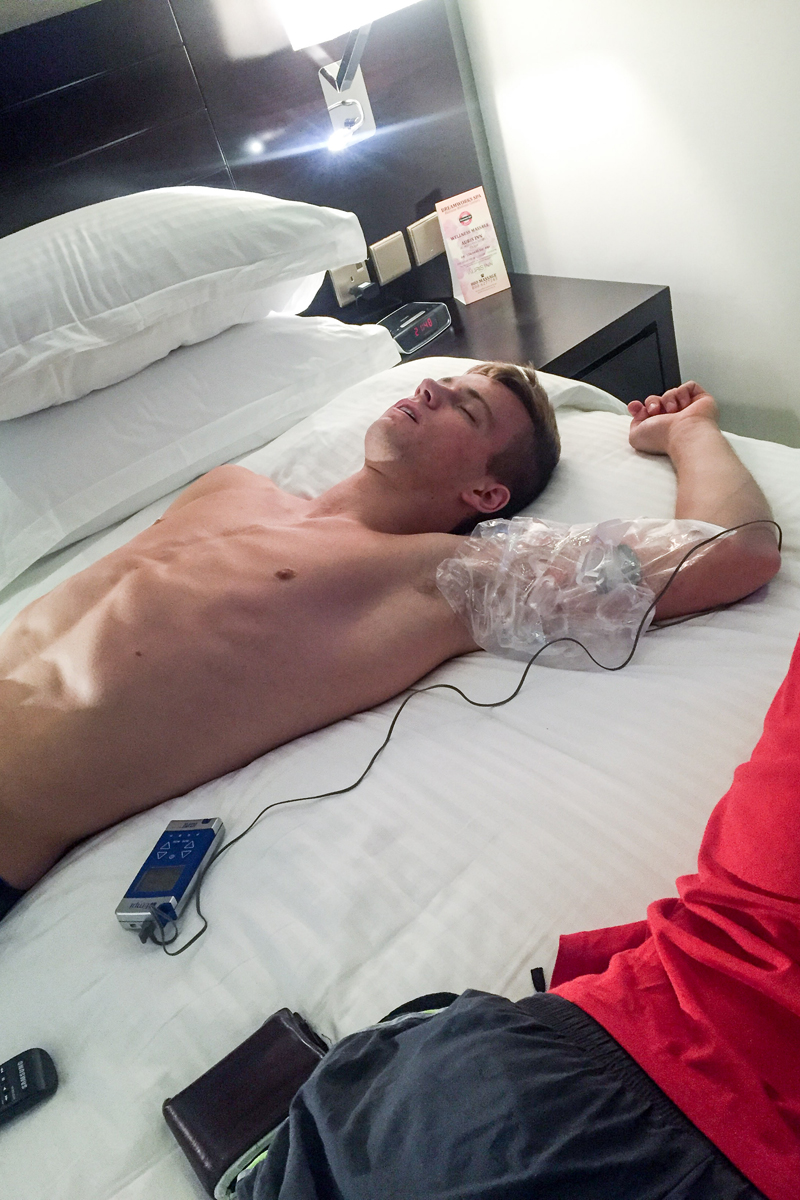Some people appear to have athletic interests at the core of their being. Jennifer Carrol, MA, MMS, ATC, PA-C, is one such individual.
Prior to attending PA training in Maryland, Jen practiced in high schools as a certified athletic trainer for 13 years, teaching sports medicine for nine of those years. Presently she’s on the MEDEX faculty part-time covering specific lectures. “I’ll do some adolescent medicine and concussion management,” she says. “In the fall I teach some basic clinical skills and help with physical exam groups and the student retirement home visits.”
But the majority of Jen’s work life takes place at the Sports Medicine Center located at Husky Stadium, a 30,000-square-foot facility located beneath the stadium. Here, Jen works in primary care sports medicine and sports cardiology. Her patients range from weekend warriors to the 70-year-old with arthritis. “Mostly injuries,” she adds. “We see a bit of everything.”
In March, Jen took two weeks off from her day-to-day duties to serves as medical staff for USA Diving during the first half of the FINA/NVC World Series meet. She traveled to Beijing and Dubai with five US athletes that are Olympic hopefuls for Rio in 2016.
FINA is the international oversight body for all water sports— swimming, diving, water polo and synchronized swimming. “Essentially, it’s a World Series, and by invitation only,” Jen explains. Athletes are selected based on their finish in the World Cup the year before. “It’s basically the top 8 to 10 athletes in the world in each event coming in to compete. And they’re competing for prize money. They’re competing for finish, and they’re competing at four different locations.”

Jen accompanied the group to the first two locations of the 2016 World Series before the team moved on to additional meets in Canada and Russia.
A swimmer and diver throughout high school, Jen knows the sport well. From March 6th to 20th, she was medically responsible for a US delegation that included five athletes, their coach and one judge. “Working with the athletes, you know, they’re fun,” she says. “They know their bodies so well, they know what they need and they know what they don’t need.”
Jen reports that one of the athletes came in injured. “I spent a lot of time with him, just trying to get him through China,” she says.
The physician assistant profession is fledgling in other parts of the world, so Jen’s equivalent caregivers included a sports medicine physician from England, a dietician from Malaysia, an Italian physiotherapist/osteopath, and others with some combination of athletic trainer and massage therapy backgrounds. “It’s a family of international providers,” says Jen. “Even though I’m assigned to the US delegation, we’ll take care of anybody.”

During these trials, providers have to be very careful about which medications they prescribe. The athletes are drug-tested multiple times throughout the event, including testing during practice days, competition and random visits to the hotel. “You have to be very careful about what you give,” she says. “There’s a global website for us to be able to check medications and make sure that it’s safe in competition and out of competition.”
Given that she spent a week in both Beijing and Dubai, we ask Jen for her thoughts about the two cities and their athletic facilities.
She describes Beijing as another big city. “I think that’s the best way to explain it,” Jen says. Most of her time was spent with the athletes at the Olympic Park, specifically in the Water Cube, which houses the Olympic pool. “This is the same place where Michael Phelps set his record for eight gold medals, and that was the pool where we competed.”

The Water Cube looks like a collection of bubbles, and at night it lights up. Not far away sits another remnant of the 2008 Summer Olympics, the Bird’s Nest—an open oval that housed the track and field along with opening and closing ceremonies. Within the Olympic Park the rounded shape of the Bird’s Nest sits in contrast to the right angles of the Water Cube. “They are designed to represent the yin and the yang,” says Jen, illustrating how contrasting forces are often complementary.
Between competitions there was some down time, enough for a short trip to the Great Wall outside Beijing. “I went with three of our divers and our coach, which was a blast,” says Jen. “It was really cool to see how many different parts there were because so much of the Wall was built during different dynasties. We hiked up part of the wall before heading back.”
Dubai in the United Arab Emirates was an altogether different experience. “The opulence that you see is amazing,” Jen says. “It’s very clean, and feels very safe. Between the beach and the Marina, I don’t think there’s any place we went that we didn’t enjoy ourselves. The weather was fantastic— it was in 70s and 80s the entire time we were there.”
The pool was a twenty-minute drive outside Dubai. “As you’re driving all you see is desert, and then all of a sudden there’s this lush green and a big building sitting out by itself,” she says. Jen believes that a sports complex is under construction, and the pool was the first thing built.

And what a pool. It’s a regulation Olympic size competition swimming pool with diving tank. There are all the requisite 1-meter and 3-meter springboards, along with 1-meter to 10-meter platforms. Behind the wall are the stairwells and an elevator that take the athletes to each of the different platforms. Then on the back side of the wall there is a mirror image of the platforms that goes to another smaller pool with a bottom that can lowered or raised to accommodate shallow swim lessons or a 10-meter dive.
“Our athletes really liked Dubai,” Jennifer says. “I think everybody liked Dubai after a week in China. The food was a lot more palatable to them. Plus there were better dry land facilities for them to practice. Our 10-meter synchro pair, Steele Johnson and David Boudia, finished third, so we had a good competition.”
Dubai is also more westernized. “One day we went to the Mall of the Emirates where there’s an indoor ski slope,” she tells us. At the mall Jen found plenty of evidence of the Arabian taste for western consumerism: California Pizza Kitchen, P.F. Chang’s, Cheesecake Factory, Starbucks, Seattle’s Best Coffee and Cinnabon. “I mean, you could have been anywhere in the world once you were at the mall.”

More interesting were the Dubai open-air markets, or souks. “We went to the spice market which is one of the older markets in town,” she says. “There’s a big Turkish influence in Dubai, and so we were able to buy some really neat handicrafts to bring home.” Jen also visited one of the newer markets where vendors cut slices from thick pillars of nougat and scooped hand-roasted nuts coated in cinnamon and honey. “You get a little bit of everything, and it’s a ton of fun.”
Like Seattle, Dubai is in the midst of a growth spurt. “There’s a massive amount of construction everywhere you look,” Jen tells us. She reports that three of the US divers went to the Palm, a man-made beach within the city. They spent the day at the beach, but it took them over two hours to get from the Palm back to the hotel, normally a 15 to 20 minute cab ride.

“It was all because there was so much construction on the Palm, they couldn’t get off it,” she says.
Jen’s impression was that Dubai benefits from outside influence. “You have a lot of British, Indian and Pakistani expats that live in Dubai,” she says. “Still, there is a traditional core. You see men in traditional dress and women in burkas signaling a more conservative culture, and yet we were able to walk around in shorts and tank tops without an issue.”
2016 has been a very busy year for Jen and the medical team supporting USA Diving because of the run-up to the Rio Olympics. “There’s a lot more competition right now,” she says. She expects the athletes to take some time off August. “It’s been a busy four years for them.”
 So does that mean Jen will be slowing down as well? The answer is complicated. “The United States Diving is structured such that we have a Junior Worlds and a Junior National team,” she explains. “We have a Tier-1 High Performance team, a Tier-2 High Performance team, and we have our Olympic Performance team. We have so many developmental groups that they’ll start sending these into competitions next year. The teams that don’t go to Rio will likely continue to train for the next quadrennium.”
So does that mean Jen will be slowing down as well? The answer is complicated. “The United States Diving is structured such that we have a Junior Worlds and a Junior National team,” she explains. “We have a Tier-1 High Performance team, a Tier-2 High Performance team, and we have our Olympic Performance team. We have so many developmental groups that they’ll start sending these into competitions next year. The teams that don’t go to Rio will likely continue to train for the next quadrennium.”
Looking ahead this year, Jen has one more trip assigned to the state of Georgia in August for summer national trials. “It’s going to be very hot in Georgia during that month,” she muses. “I’m just waiting on the final arrangements now.”
Thinking of her support role as a physician assistant to during the FINA World Series meet, Jen is appreciative of the experience. “It’s just a great opportunity to be able to travel with Olympic athletes,” she says. “This will make watching the Olympics this year very different because I know not just the U.S. athletes, but have worked with athletes from all around the world. They are the best at what they do.”


